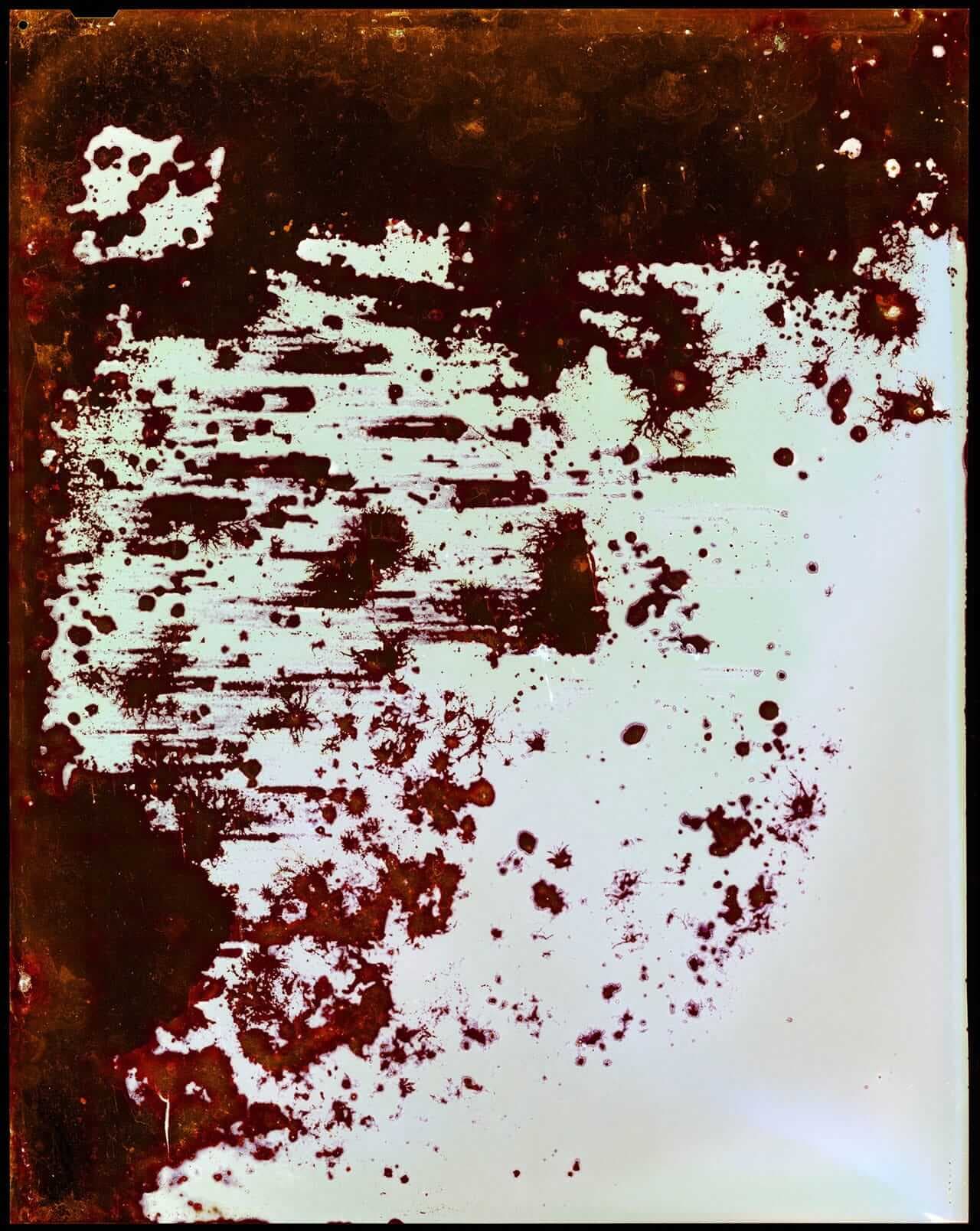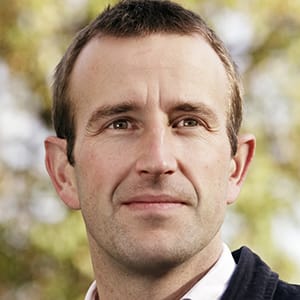The compact between burial and radioactivity is almost as old as Earth, and stretches distantly ahead into the Anthropocene future. Uranium was created in supernova explosions around 6.6 billion years ago, and is part of the space dust out of which our planet formed. It is as common in the Earth’s crust as tin or tungsten, dispersed among the rocks on which we make our home as a species. Uranium is mined—unburied, we might say—as ore, crushed, milled, leached out with acid, enriched, consolidated, then processed into pellets, which are sealed within zirconium alloy rods, which are then plunged into the reactor core of a nuclear power station. Once depleted beneath the horizon of efficiency, that part-spent uranium is—or should be—re-buried in deep geological repositories: subterranean storage facilities, sunk far down into stable bedrock, where these lethal canisters might harmlessly pulse out their radioactivity in the darkness for tens of thousands of years to come. It is a measure of the complexity of constructing such ‘eternity tombs’ that only one is close to completion: Onkalo, also known as ‘The Hiding Place’, on the Bothnian coast of Finland.
Yoi Kawakubo’s remarkable series of images, ‘If the radiance of a thousand suns were to burst at once into the sky’, record and extend this ancient, uncanny dance between radioactivity and the underworld. Each was made by first burying radiation-sensitive silver halide film in the contaminated soil of the exclusion zone of Fukushima Prefecture, then disinterring the film once it had had time to ‘develop’. The title of the series recognises one of the perceptual paradoxes at the core of nuclear power and weaponry: that this source of immense and catastrophic incandescence has its origin in chthonic darkness. The process of the series recognises the powerful, invisible authorship of radioactivity, inscribing its durable marks upon creaturely bodies, genetic codes, as well as water, air and soil.
I find this, the fifth image in Yoi’s sequence, profoundly unsettling. Though abstract by nature of its creation, my mind is prompted towards an Rorschachish interpretive work that hyper-proliferates figure and association. The blood-red bespattering gives the image the aura of a close-up crime-scene photo, pulled from a manila murder file. Pareidoilia flourishes: a distorted white skull leers from the top left-hand corner, like the unnerving Shrander in M John Harrison’s dazzling 2002 novel, Light. The upper and left-hand margins of the frame gain a galactic depth of detail, apparently teeming with nebulae and other radiant remnants left behind by the same spectacular stellar explosions that originally birthed radioactivity on Earth.
Scale, certainly, is hard to determine or retain; multiple possible focal depths intersect and contradict one another. Even the apparently satellitic ‘plan-view’ perspective with which the viewer seems to begin the encounter is undone by the angled slide of frozen motion that runs from right to left, and that—given the context—is hard not to witness as a vast and foaming wave, rushing destructively ashore, or withdrawing after its catastrophic work is done. Leaking capillary systems, ghosts, celestial clouds, atolls, a tsunami, Totoro-like soot sprites (makkuro kurosuke, themselves the by-products of combustion): all are animated into being here by the spectral artistry of radioactivity.

